We invite you to reimagine the Bay Area’s housing policies.
Imagine a Bay Area where our greatest challenge, the scarcity and expense of housing, has been solved. Everyone has a home. Housing is plentiful and available at prices affordable to all, not just the wealthy and those willing to commute for hours. We live in thriving neighborhoods near transit, or close to good jobs. Small apartment buildings pleasantly cluster in residential neighborhoods. Some own homes and others rent, but if you rent, your life isn’t consumed by the constant anxiety of being evicted or ousted by rising rents. Assistance programs help those at risk of missing rent payments, so they don’t become homeless. More people have the opportunity to grow generational wealth through housing. This may sound like an impossible dream, but it isn’t. In the next 50 years, we can live in an affordable, accessible Bay Area. But only if we make significant changes, starting right now.
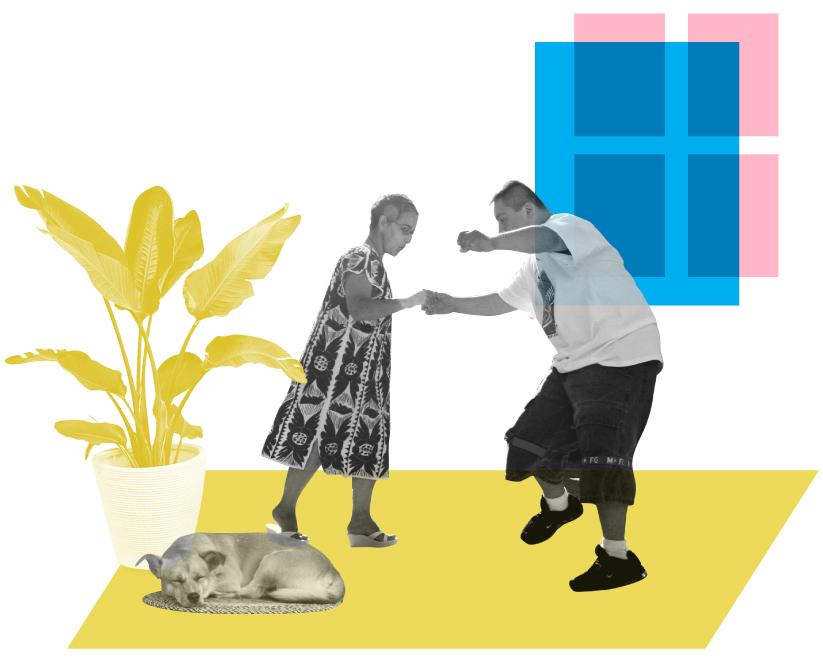
Artwork: Leah Nichols
Let’s acknowledge housing as a human right and make sure everyone can have an affordable place to live.
The high cost of housing has come to define the Bay Area. It dictates who gets to live here, who worries about being pushed out and who gets to launch their own businesses. Year after year, the Bay Area tops national charts of the most expensive places to live. Year after year, the number of people without homes grows larger. And the problem never seems to get better. In fact, despite the best efforts of those who work on housing policy, it only gets worse — a dynamic that has now been in play for decades.
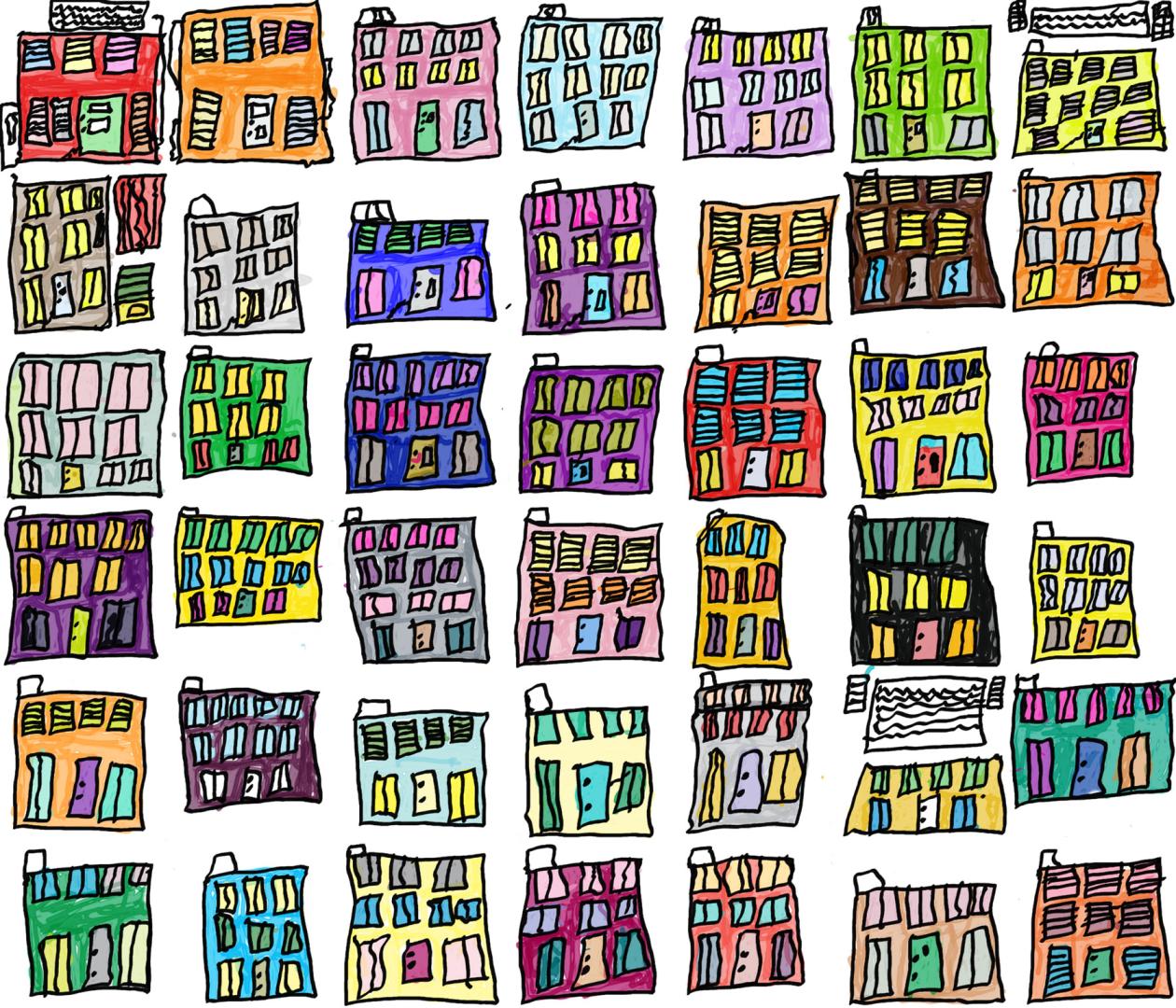
Artwork: Antonio Benjamin of Creativity Explored
If we want to house more people, we need to build more homes — 2.2 million of them — at all income levels.
So, how do we reverse this trend and create a shared sense of belonging? It starts with supply and demand. The region needs to build 2.2 million homes at all income levels over the next 50 years. This is housing for everyone. And when we say everyone, we mean everyone: formerly homeless people, low- and middle-income residents, families and extended families, seniors and college students, and yes, even those earning above average, so they don’t outcompete everyone else. The rules governing the planning and permitting of housing will need to change in order to make sure this housing gets built. This includes both requirements and incentives for local governments to change their zoning codes to allow for much more housing.
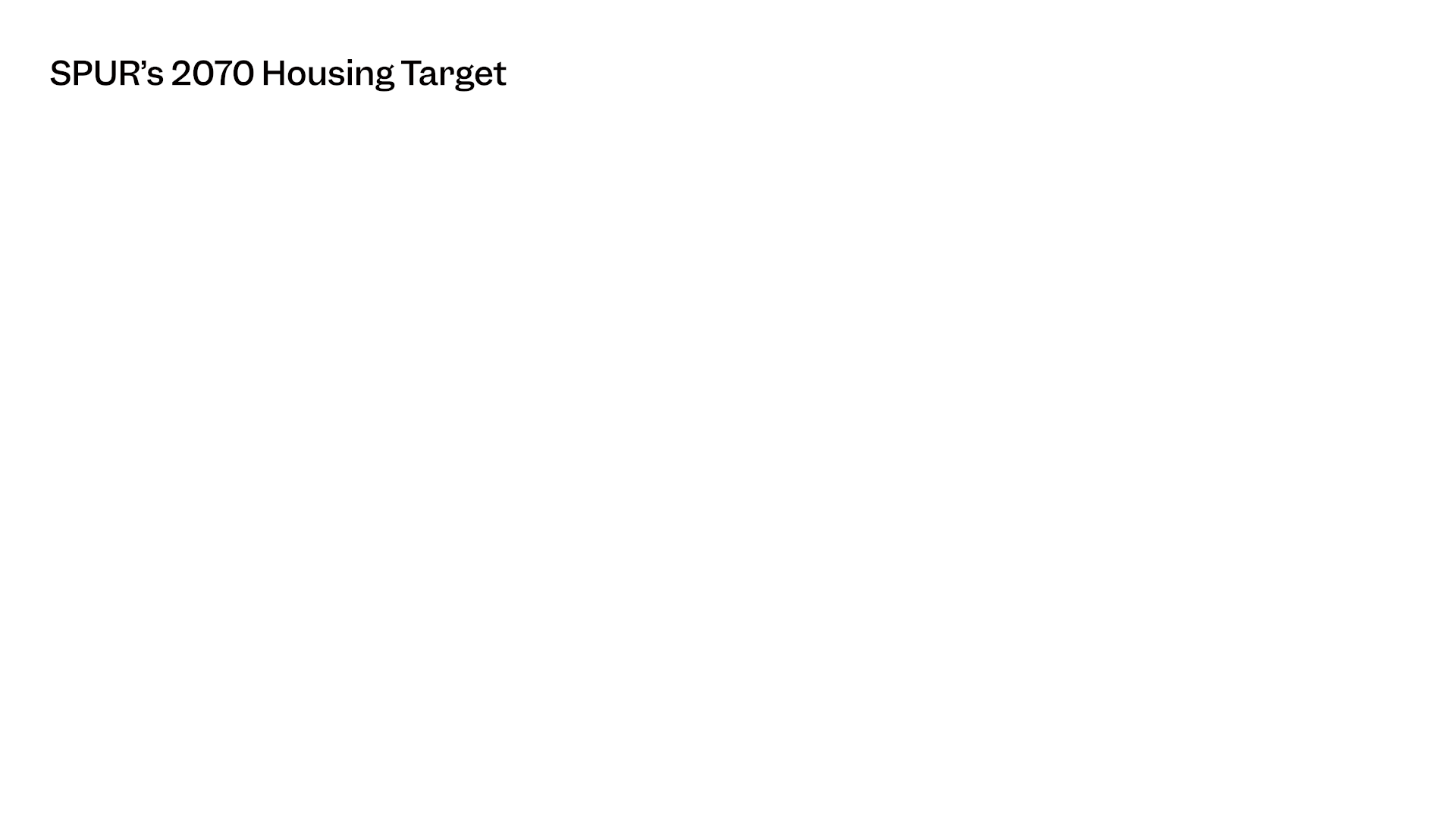
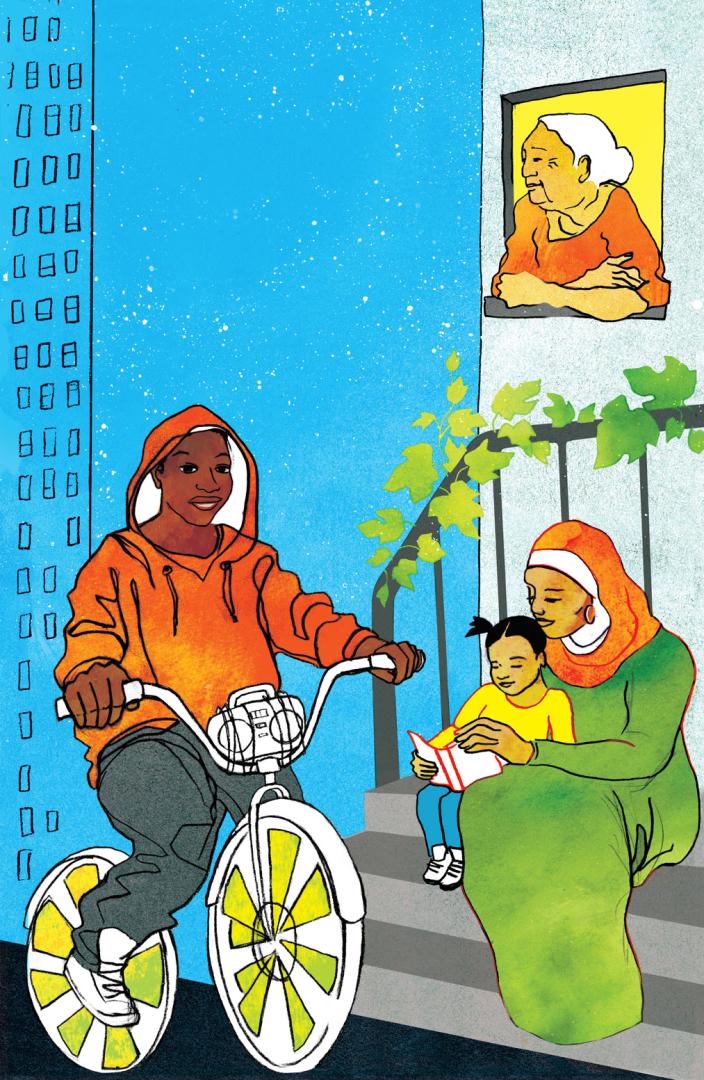
Artwork: Micah Bazant
Let’s deliver housing the same way we deliver other critical infrastructure: by building it when it’s needed, at prices all people can afford.
SPUR believes that housing is a human right. If we treat housing as essential for humans to thrive, then the government must play a stronger role in providing it. For example, the public sector does not wait for the open market to provide water to homes and businesses. In most communities, it actively intervenes to ensure that this happens. When we treat housing as infrastructure, the role of government changes in order to ensure the production of enough housing at all income levels. We get what we need when, and only when, we treat it as a necessity. Housing is vital. So, let’s treat it that way.
We must protect and uplift our longtime locals — especially vulnerable communities facing displacement.
To create an equitable, sustainable and prosperous Bay Area of 2070, we must ensure that the benefits of new infill development are shared by low-income communities and communities of color, who have historically been left out of the region’s growing economy. To break the pattern of neglect, we need to protect and support existing residents and enable low-income households to create wealth, including through homeownership. Shouldn’t we always be striving to build great things for the people who make our region great?
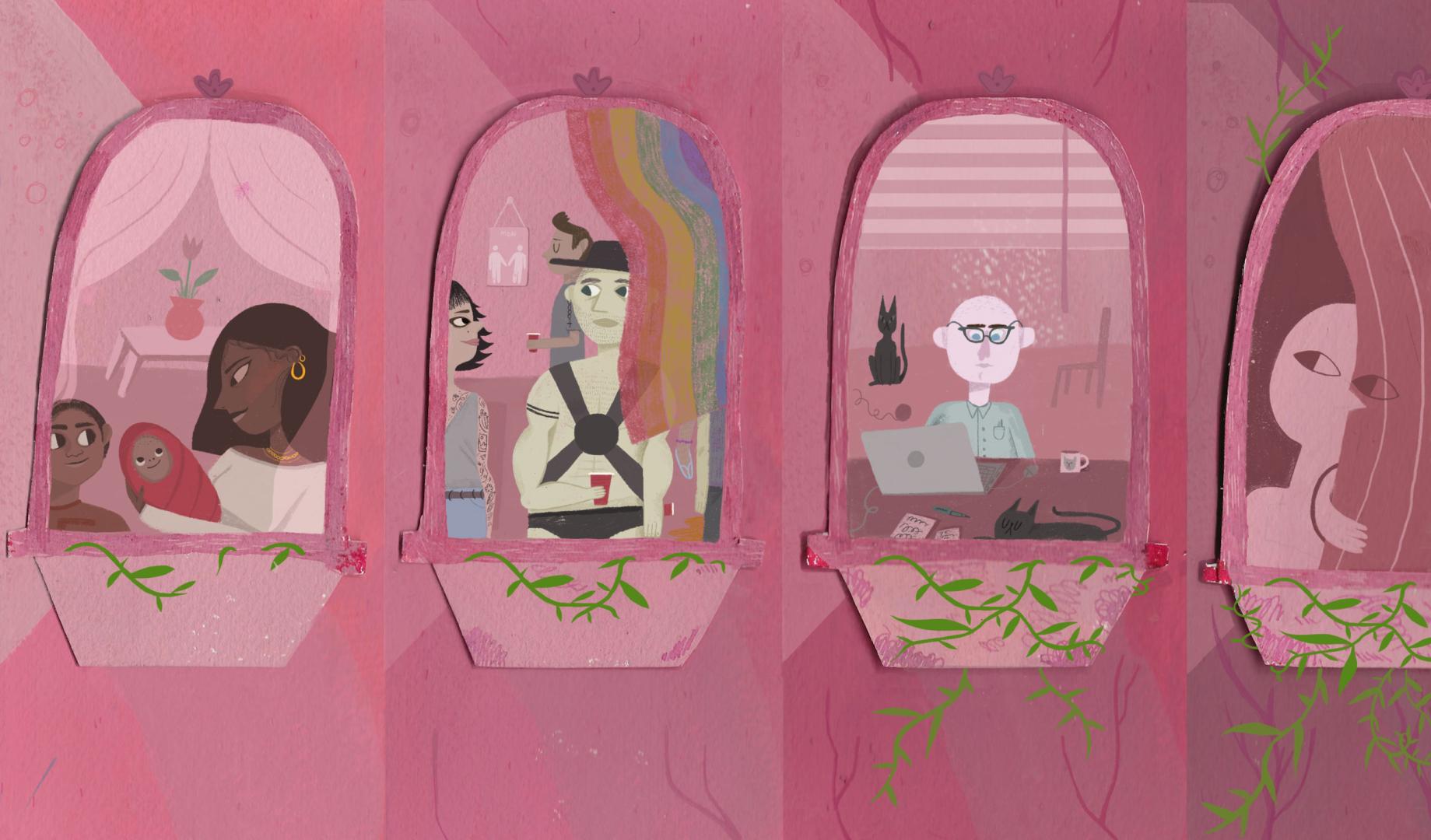
Artwork: Nina Charuza
It’s possible for people of all incomes to feel a genuine sense of belonging in all neighborhoods around the region.
In the Bay Area of 2070, SPUR envisions that communities can evolve into places where people from a wide range of backgrounds, demographics and life experiences all feel comfortable and welcome. In most places, this will mean both retaining existing culture and commerce as well as evolving into something new. The distinctive cultures of the Bay Area emerged as its cities welcomed waves of LGBTQ individuals, Black workers from the South, Asian and Latinx immigrants, tech workers and many others. What can keep places exciting and fresh is the complex interplay between new and old. So, that means welcoming change and not losing sight of what makes a neighborhood distinctive. Making the Bay Area of 2070 a place where all types of people feel a sense of belonging will not be easy, but it is essential.